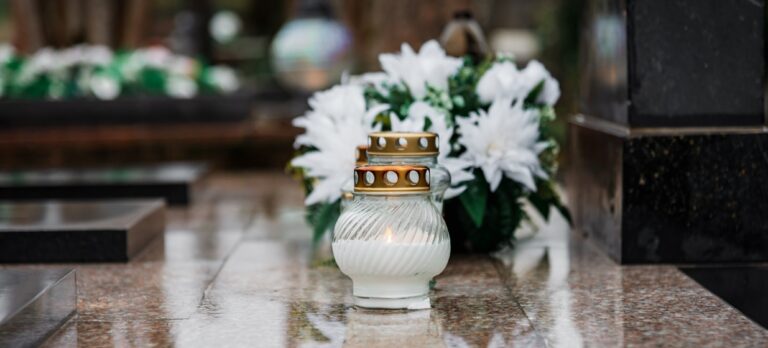
All Hallows’ Eve
Increasing critiques of Halloween have led many Christians to question the day’s festivities. Some argue that the day’s customs have roots in the ancient Celtic festival of Samhain, despite several scholars’ arguments to the contrary. Others, such as one official of the Catholic Bishops’ Conference of the Philippines, advise Catholics not to participate in the cultural practices of the day, as they are often too demonic.
While I appreciate the words of caution, I wonder if it wouldn’t be better for us to promote a deeper understanding and appreciation of the day.
The word Halloween is a contraction of All Hallows’ Eve. Early Christians, following in the path of their Jewish ancestors, would begin to celebrate holy days the evening before the actual feast day. Although the Church still begins the celebrations of feasts with the singing of vespers the evening before, most Christians have lost their awareness of the sacred rhythm of time. Our days are now marked by our agendas, not by feasts of saints and solemnities of the Lord.
All Hallows’ Eve, as the name suggests, is the anticipation of the Solemnity of All Saints, the day when the Church sings the praise of all holy women and men. Before the Reformation, many Christians would mark the evening with great festivities such as the lighting of bonfires and going from house to house to collect treats. Although these customs may have roots in ancient pagan practices—much as the Christmas Tree has its roots in German customs—Christians were more concerned with the celebration of saints and the successive day of All Souls.
Regrettably, as the result of the Reformation, the celebrations surrounding All Saints’ Day and All Souls’ Day were suppressed. In some regions, such as the British colonies in North America dominated by Puritans, laws forbade the celebration of the feasts of All Saints’ and Christmas. It wasn’t until the waves of German and Irish immigrants arrived in North America in the 19th century that the customs found new life and expression.
The rise of commercialization in the 1920s and 1930s helped secularize the festivities of the two days. No longer were children given baked goods or other homemade delicacies; rather, their Halloween collections often were filled, as they are today, with mass-produced treats. The rise of post-war secularization further reduced the days’ religious connotations.
So what is a Catholic parent or teacher to do today?
While I agree with those who encourage avoiding the glamorization of violence and evil, I don’t think we should forbid our children from celebrating these days. We can instead cultivate and renew some of the more classic celebrations of the day and enchant our children with the tales of saints and heroes who exemplify virtue. Perhaps we can even invite our children to dress up as some of these figures. Additionally, we can also foster a healthier approach to the abundant treats and goodies received on this day. While candies are not necessarily bad when enjoyed in moderation, an over-indulgence of them can be destructive to our health. Furthermore, a healthy sense of temperance can help us avoid the traps of consumerism and foster a deeper awareness of the many who do not enjoy the abundance we enjoy.
Finally, we ought to remember that feast days have always been a time for celebration. So let’s enjoy the Eve of All Saints’ Day, and celebrate God’s good work among us!
-Don Beyers, Marketing Manager



Well said Don!
Thank you!
K. Kuchar Principal St. Patrick Catholic Elementary School ________________________________
Thank you Kim!